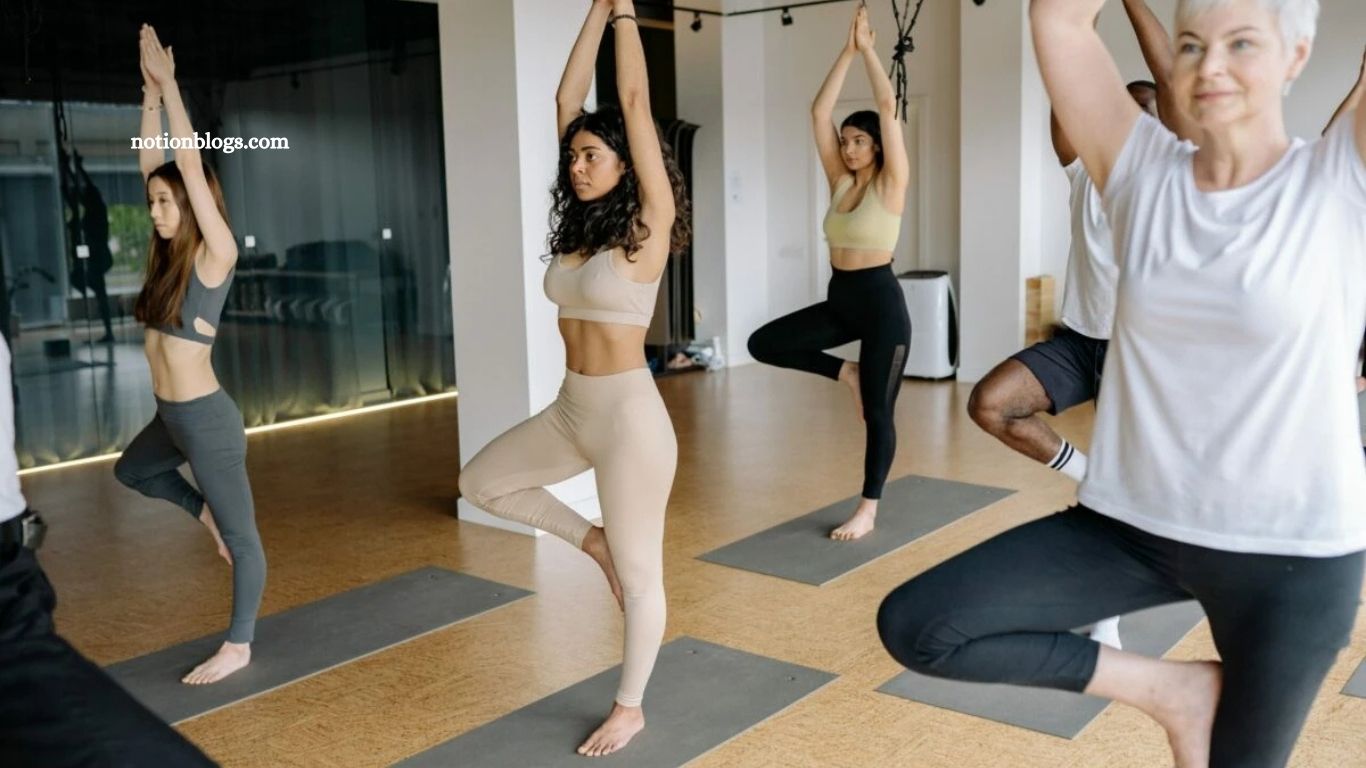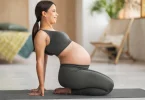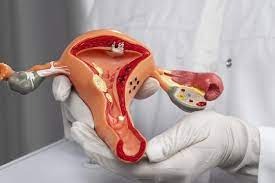Fall Prevention Exercises can have serious consequences at any age, but for adults 65 and older, even a minor slip can result in significant injuries such as fractures, head trauma, or broken bones. In the United States, over a quarter of older adults experience a fall each year, and having one fall can double the risk of future incidents.
The Centers for Disease Control and Prevention (CDC) recommends that adults 65 and older aim for at least 150 minutes of exercise per week. Focusing on exercises that improve balance, strength, and flexibility is particularly important, as these routines help seniors maintain stability, reduce the likelihood of falls, and support overall health and independence.
Read More: How to Handle Medical Bills When You Can’t Pay
Exercises That Help Prevent Falls in the Elderly
As we age, physical abilities naturally decline. After midlife, muscle mass can decrease by about 1% per year, potentially leading to a 50% loss by age 80. Some older adults may also develop sarcopenia, a condition that accelerates the loss of muscle strength, mass, and function. This can make maintaining balance and stability more challenging.
Research from 2023 shows that exercises targeting the lower limbs are particularly effective in preserving strength, balance, and mobility, reducing the risk of falls. Core-strengthening workouts also play an important role in supporting stability. Incorporating a mix of balance, strength, and aerobic exercises into a regular routine can help condition the body and enhance overall safety for seniors.
Additional Strategies to Prevent Falls
Alongside regular exercise, making lifestyle adjustments can significantly reduce the risk of falls. Regular checkups with your doctor are essential to monitor chronic conditions, vision changes, and medications that may increase fall risk. Your doctor can also assess bone density and recommend treatments to help prevent fractures if a fall occurs.
At home, simple safety modifications can make a big difference:
- Improve lighting throughout the house
- Secure loose rugs and mats
- Add non-slip mats to slippery stairs
- Remove clutter from walkways
- Install grab bars in bathrooms and near stairs
Getting adequate sleep is also crucial, as poor sleep can impair balance, alertness, and reaction time. When carrying items, try to keep at least one hand free to steady yourself, and consider using a backpack for stairs instead of heavy loads. Supportive equipment like canes, walkers, or scooters can provide extra stability and maintain independence, often covered by Medicare under the Durable Medical Equipment (DME) benefit.
Frequently Asked Questions
Why are seniors at higher risk of falling?
Aging naturally reduces muscle strength, balance, and bone density, increasing the likelihood of falls. Chronic conditions, medications, and vision changes can also contribute.
How often should seniors exercise to prevent falls?
The CDC recommends at least 150 minutes of moderate exercise per week, including strength, balance, and aerobic activities.
What types of exercises are most effective?
Leg and lower body exercises, balance training, and core-strengthening workouts are particularly effective in improving stability and reducing fall risk.
Can home modifications really help prevent falls?
Yes. Simple changes like securing rugs, adding grab bars, improving lighting, and removing clutter can significantly reduce fall hazards.
Should I use supportive equipment like canes or walkers?
Supportive devices can enhance stability and independence, especially for those with balance challenges. Medicare may cover these under Durable Medical Equipment (DME).
How does sleep affect fall risk?
Poor sleep can impair balance, alertness, and reaction time, increasing the likelihood of accidents.
Conclusion
Preventing falls is a crucial part of maintaining independence, health, and quality of life for seniors. By combining regular exercise that targets balance, strength, and mobility with practical lifestyle changes such as home safety modifications, proper sleep, and supportive equipment you can significantly reduce the risk of falls. Regular medical checkups also play a key role in identifying potential health issues and guiding preventive strategies. Taking these steps proactively empowers older adults to stay active, confident, and safe in their daily lives, helping ensure that aging remains a time of vitality and well-being.







